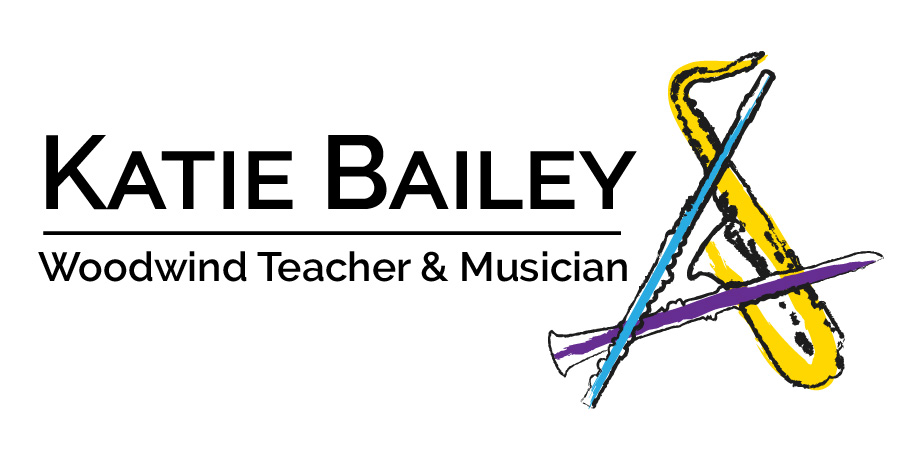How best to celebrate International Piano Day after nearly a year of pandemic-induced isolation? I suspect I am not alone in admitting that I have consumed an alarming amount of film and television recently, so I had the idea to turn on the critical part of my brain and take a deeper look at how playing the piano is depicted in recent films.
The films are listed in chronological order, so I hope you enjoy my take on them!
Five Easy Pieces (1970)
This short clip is of particular interest to me. Jack Nicholson is clearly playing at least the first third of the piece, albeit with a rather stiff left hand - this is perfectly normal for someone who is unfamiliar with playing the large chords. What really struck me was how the characters had very different reactions to the piece; the listener was moved while the performer was indifferent.
This shows that as a performer, you don’t have to be emotionally invested in what you are playing in order to deliver a successful performance. If you can play the piece well, then the listener will effortlessly project their own emotions onto the music. Of course, you can play a piece well and also be emotionally invested in what you are playing, but that does not mean your listeners will all have the same reaction. It is only the most skilled musicians whose playing can transcend technical mastery and mould the emotions of their audience.
With that being said, if you are totally indifferent to your own playing then you should probably ask yourself if you really want to be a musician.
Realism Rating: ★★★★☆
Amadeus (1984)
I first watched this in a music class in secondary school, and it really changed my perspective on classical composers. Prior to viewing, I had thought of composers such as Mozart as stuffy, boring people. Amadeus really opened my eyes to the fact that Mozart was a pop star in his time. These people had wild and unpredictable lives.
While the events depicted in this film are almost entirely fictitious, I feel that it really brought Mozart as a person to life. This scene in particular shows how Mozart was not just a musician, but also an entertainer.
Realism Rating: ★★★★☆
Groundhog Day (1993)
The creators of Groundhog Day are purposefully vague about how long exactly Bill Murray is forced to relive the same day, however, it is possible to use his piano studies as a metric for this. At the climax of the film, Phil has learned at least part of Rachmaninoff’s Rhapsody on a Theme of Paganini.
Given the prominent themes of rebirth redemption, I am going to assume that Phil has not simply learned this one piece by rote, and instead studiously worked up to playing it. That puts his time at the piano somewhere between 8-10 years, depending on how much time he spent practising each day.
I would be inclined to go for the upper estimate, as Phil also shows he can improvise confidently. I just feel bad for the poor student whose lesson is cut short every day!
Realism Rating: ★★★★☆
Shine (1996)
This is a film that heavily features piano playing, however, it’s a mixed bag as far as realism is concerned. Shine’s depiction of pianism gets progressively more accurate, with the high point being Geoffrey Rush’s erratic performance of Flight of the Bumblebee, while a markedly low point is when a child actor hams his way through Chopin’s Polonaise in A-flat major near the beginning. There is a lot to unpack in this film, so I have chosen the scene where David Helfgott is preparing Rachmaninoff’s 3rd piano concerto.
Firstly, I found his teacher’s comments to be rather amusing, as they are - like most teachings - maddeningly contradictory. A few of the lines were familiar to me from my own studies (and teachings)! In the film, David’s teachings are heavily oversimplified, but they convey what we as the audience need to know for the story.
David himself uses a variety of techniques to practise, some of which are more effective than others. Practising fingerings away from the piano on a hard surface is a good idea, though I am sure that David would have had better luck sitting at a table where he could assume a comfortable and pianist posture, instead of the floor.
Fingerless gloves are a common sight during cold days in practise rooms. It is so important to be warmed up when playing demanding pieces such as Rachmaninoff, as the risk of injury is high otherwise. The leather gloves shown in the film, however, would probably generate too much resistance for the delicate muscles in the fingers, likely doing more harm than good.
Realism Rating: ★★★☆☆
The Pianist (2002)
Spillman was certainly fortunate to have discovered an in-tune grand piano in war-torn Warsaw! Adrien Brody impressively learned an excerpt from Chopin’s Ballade in G minor for this film, which you can hear in the clip above. My only real gripe is that it sounds far too polished - the piano would be in a bad way, Spillman had not only avoided playing the piano to avoid detection but was also heavily malnourished and suffering from jaundice.
Most importantly of all, his hands would have been stone cold! If my life depended on a few moments of piano playing and I was in that condition, I can assure you that I would be attempting a less demanding piece. As we have seen from Jach Nicholson in Five Easy Pieces, it would probably have had the same effect!
Nevertheless, I appreciate that the filmmakers needed this moment to serve as the climax of the film, and I’m sure Adrien Brody was happy to show off his newfound pianism. It certainly didn’t hurt his Oscar bid.
Realism Rating: ★★★★☆
Twilight (2008)
Realism Rating: ★☆☆☆☆
Considering that Edward Cullen is nearly 200 years old, I would have expected his piano playing to be slightly more ambitious! Perhaps if he had spent a little more time practising and a little less time seducing secondary school girls, he could have become one of the greats.
It also strikes me that he would have lived at the same time as some of the most exciting composers and performers in history. I’m sure Gershwin could have afforded him a piano lesson or two in exchange for Edward not turning him into a vampire!
In this case, Edward’s pianism seems not to be integral to the story or the characters, but rather just serves to make him slightly more romantic. I can speak from experience when I say that my piano playing has never made me any more appealing, if anything, repeatedly practising the same pieces for weeks and months at a time will have the opposite effect. Perhaps if I looked more like Robert Pattinson that may change…
La La Land (2016)
Ryan Gosling has taken a leaf out of Adrien Brody’s book here and had some piano lessons before shooting. Personally, I think he has done an admirable job, the scenes where he plays really stand out for me.
Aside from Gosling’s pianism, there were a few other things that I liked about how this film showed being a modern pianist. Gosling’s character, Sebastian, is promptly fired from his restaurant gig when he deviates from the set list - once again, most people don’t care what you play, they just care that you can play.
Later in the film, Sebastian joins a fusion band in order to earn a steady income, even though he repeatedly expresses distaste for the music they play. It is true that sometimes, to make ends meet, performing musicians will have to take on music that the personally don’t care for.
Finally, the trope of “star-struck” listening rears its head once again. I cannot stress enough that if you learn the piano to impress other people, you will not experience the magical moments depicted in film.









